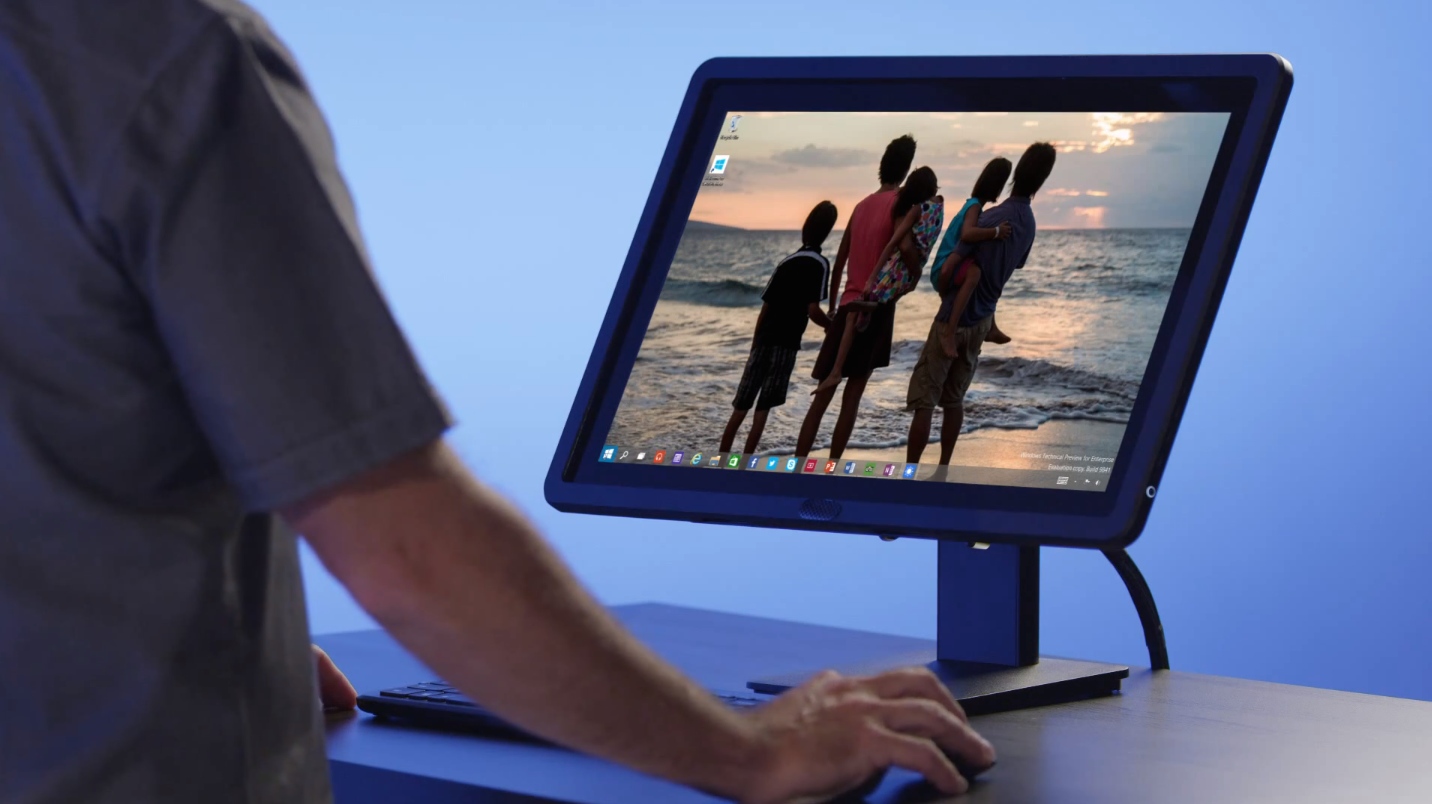
- 2 Min Read / Blog / 3.2.2020

This summer, Microsoft CEO Satya Nadella gave clue to a forthcoming version of Windows to run on all screens, big and small. The announcement left many wondering what the company had in store for the next generation of Windows devices—and if developers would rally around the new tools to create apps for the promised platform. Today, Microsoft announced Windows not 9, but 10, at their event to make public the future of the operating system. Rumors from the summer proved right—Microsoft’s Window 10 platform will be one operating system running on “the broadest types of devices ever.” Windows 10 positions Microsoft uniquely versus Apple and Google, and has the potential to be a huge boon for developers.
By taking a single design approach and creating one cohesive application platform, Microsoft is blending the lines between mobile and desktop—not just for developer, but for the users, too. Developers can depend on a platform that will scale and users can count on a UI and UX that escorts them across the product family. Microsoft believes there will be “champions” of every device that rise to the occasion to build on a universal operating system for the next generation of the company.
Users shouldn’t fear a new operating system and developers shouldn’t worry their previous work won’t transition—Microsoft carefully integrates and elaborates on the classic Windows experience. Live tiles will still exist for Windows 8 users, with an upgraded start menu and taskbar for Windows 7 users.
“We want all these Windows 7 users to have the sentiment that yesterday they were driving a first-generation Prius, and now with Windows 10 it’s like we got them a Tesla,” said Joe Belfiore, corporate VP of operating systems.
Microsoft outlines the value for enterprise customers stating Windows 10 will be similar, but better. Traditional management systems will be compatible with Windows 10, and users will be given more capabilities to customize and personalize their experience.
Windows 10 will focus on productivity—the new task view give users multiple desktops to toggle between and universal search is easily found within the Start Menu. Users will have the power to seamlessly transition between touch and non-touch elements in the UI with Microsoft’s “continuum” design. Users can identify which device type is being used and the software will know the best interface mode. Microsoft left a question mark about how these interface features will translate to the next version of their mobile OS.
It’s clear that Microsoft is taking community extremely seriously with the introduction and evolution of Windows 10, stating it will be their largest collaborative project yet. The company is opening a Windows Insider Program for beta testing on the technical side, and there was promise of a similar program for consumers to kick off in 2015.
“We believe that, together with the feedback you provide us, we can build a product that all of our customers will love,” said Terry Myerson, VP of operating systems at Microsoft.
Microsoft is taking their developers and users in a new realm of experiences, with the hopes of attracting more along the way. Neither Apple nor Google have completely merged their desktop or mobile platforms, and this uncharted territory of one platform to rule all devices could be the answer to Microsoft’s desire to differentiate themselves.
